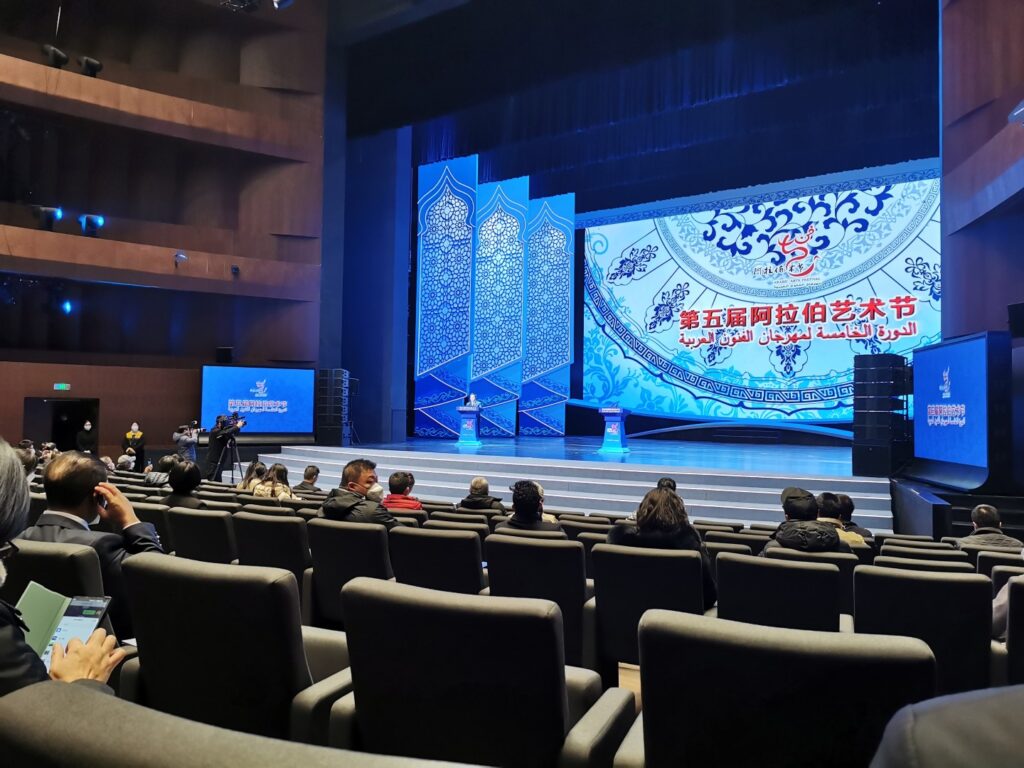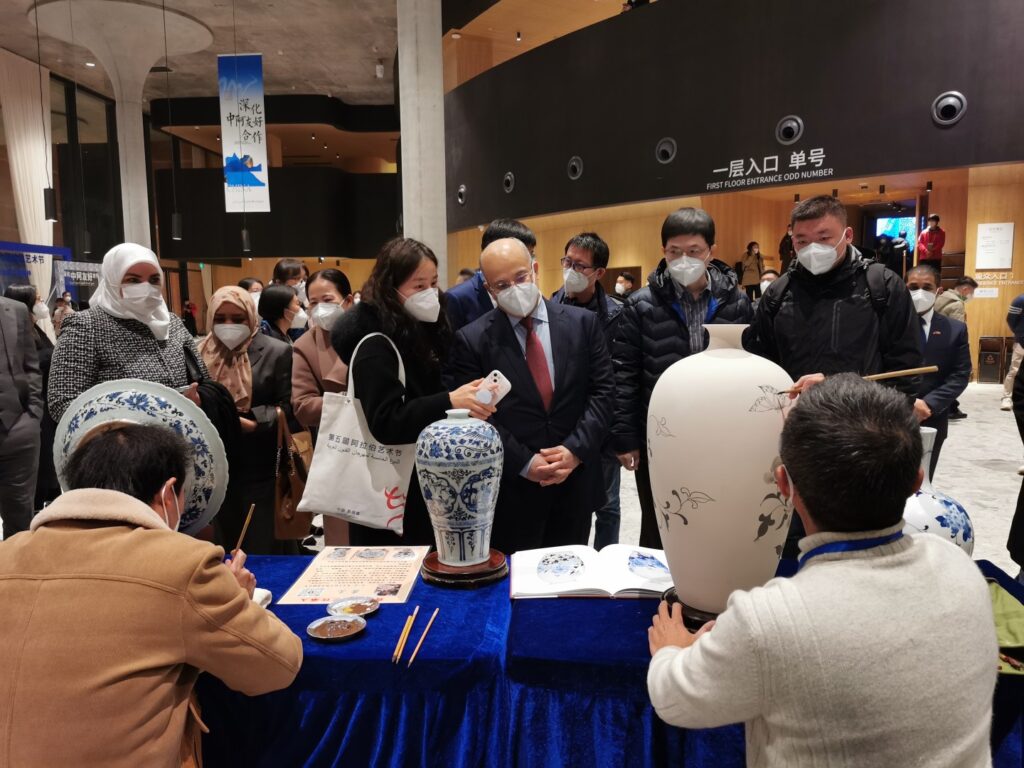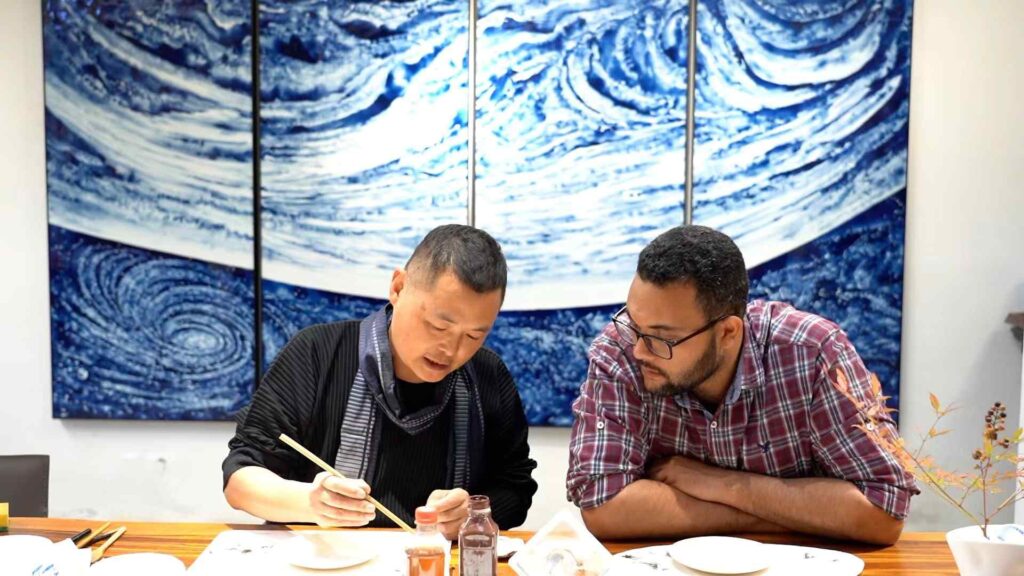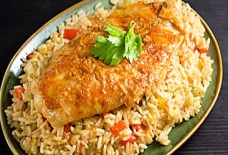Arab Arts in China: the 5th Arab Art Festival
By: Jenny Lyu / Arab America Contributing Writer
The Arab Arts Festival is an essential institution and cultural activity under the framework of the China-Arab Countries Cooperation Forum that is held once every four years in China. Since 2006, the Arab Arts Festival has been held in Beijing, Nanjing, Shanghai, Chengdu, and other places.
On the evening of December 19, the fifth Arab Arts Festival special performance opened at Taoxichuan Grand theatre in Jingdezhen, Jiangxi province. Chinese and Arab Artists from many countries and regions used music to link language and dance together, blending Chinese and Arab art classics and showing the friendship between China and the Arab world.

Mahmoud Hamd, a singer from Egypt, said, “The Xinjiang dancers surprised me. Both the folk instruments and the dances were interpreted with brilliance, and one could feel the profound connotation of Chinese culture conveyed by the performers with their hands and feet.”
During this festival, a series of exchange activities were held, including the Sino-Arab Cultural Industry Forum, the fine arts Exhibition of famous Arab artists who are visiting China, the special exhibition of “The World of Royal Kilns,” the “Silk Road Relics” Exhibition of Chinese Ancient Export Porcelain, and the “Seeing Arabia” Creative Bazaar. The goals are to promote a new type of international relations, build a community with a shared future for humankind, and jointly look forward to a bright future of win-win cooperation between China and Arab countries in creating the “Belt and Road.”

Chinese president Jinping Xi said, “From the launch of the ancient Silk Road to the joint pursuit of the Belt and Road Initiative, China and Arab states have been working hand in hand, yielding fruitful results in people-to-people exchanges and cooperation.”
“For me, promoting closer Sino-Arab cooperation means that there will be more opportunities in the future,” said Mahdi Ahmed, a 30-year-old Egyptian man participating in the festival’s activities, confidently about his future. Mahdi is studying at Jingdezhen Ceramics University. Before and after the festival, artists from the Arab world came from far away to create and exhibit hundreds of art pieces in China. Dates, camel milk products, olive oil, and other specialty products from the Arabian Peninsula were placed in the bazaar of the Tao Xichuan Cultural and Creative District in Jingdezhen. More and more “hometown elements “let Mahdi remember the distant home but also feel the warmth of Sino-Arabian exchanges.”
“Jingdezhen has a record of interaction with Arab countries since ancient times, and when I come here to study, I rarely feel like I’m in a foreign country,” Mahdi said. In September 2019, Mahdi, who graduated from Fayoum University in Egypt with a degree in archaeology, came to China to research the history of ceramics and to experience the silk road ties between China and Arab countries across thousands of years from the Arabic script on ancient porcelain.

Hundreds of years ago, a mineral pigment produced in the Arab region called smalt was introduced to China along the ancient Silk Road and combined with Chinese porcelain to give birth to the world-stunning Yuan Dynasty blue and white porcelain. “This is a gift to all mankind from the two civilizations of China and Arabia together,” Mahdi said; the blue and white porcelain symbolizes Sino-Arab cultural intermingling and mutual appreciation.
For a long time, the two civilizations, China and Arab have reflected each other at the two ends of the Asian continent, writing a good story of East meets West, learning from each other, and helping each other. Nowadays, more and more young Arabs have opened new windows of opportunity by learning Chinese and have formed an inseparable bond with China and Chinese culture.
Check out Arab America’s blog here!








